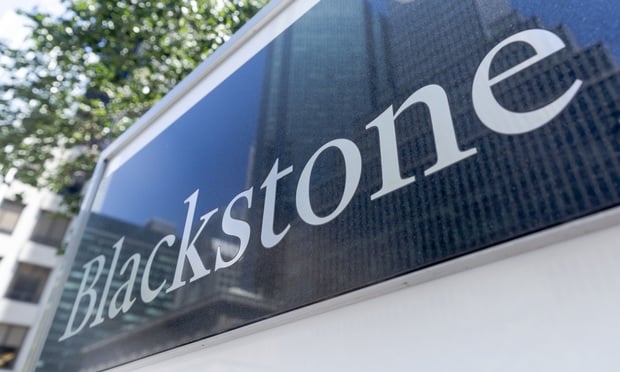Inflation is the current hot mess controversy of the moment among economists—and, as a result, US business. The concern: trillions in fiscal stimulus from the government and a dovish monetary policy from the Fed in place since the Great Recession could fuel a wave of pent-up demand from millions emerging from pandemic isolation, causing a rush of inflation not seen in decades.
Could that happen? Possibly. Economists are sharply divided on the topic, but it helps to remember that the 2017 Tax Cuts and Jobs Act, which also pumped trillions into the economy, saw not a hiccough of inflation.
The important thing for commercial real estate to realize is that inflation isn't monolithic. Rather, different aspects of commerce can feel vastly different effects. Some of the concern is the flip side of what many in real estate thought a year ago.
Recommended For You
Want to continue reading?
Become a Free ALM Digital Reader.
Once you are an ALM Digital Member, you’ll receive:
- Breaking commercial real estate news and analysis, on-site and via our newsletters and custom alerts
- Educational webcasts, white papers, and ebooks from industry thought leaders
- Critical coverage of the property casualty insurance and financial advisory markets on our other ALM sites, PropertyCasualty360 and ThinkAdvisor
Already have an account? Sign In Now
*May exclude premium content© 2025 ALM Global, LLC, All Rights Reserved. Request academic re-use from www.copyright.com. All other uses, submit a request to [email protected]. For more information visit Asset & Logo Licensing.








